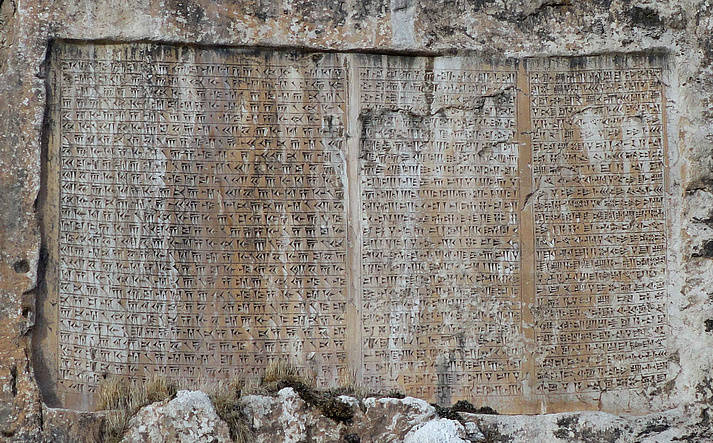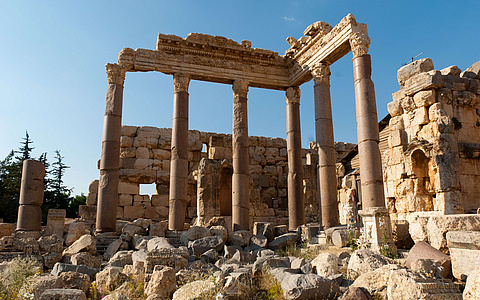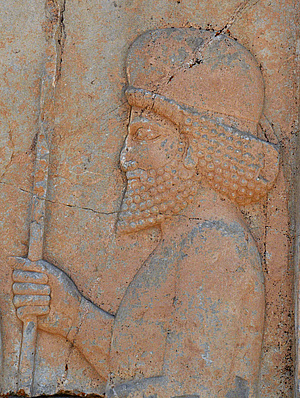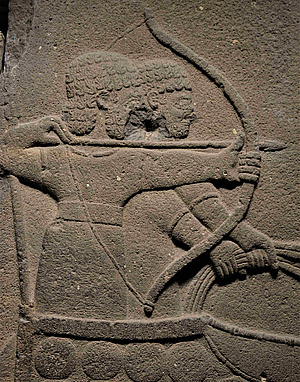Ancient Oriental Studies

Ancient Oriental Studies – also called Assyriology or cuneiform research – represent the science of Ancient Near Eastern languages, history and civilisations from about 3000 BC until the turn of the eras. Geographically, these studies cover large areas of the Near East on the territory of present-day states Iraq, Syria, Turkey and Iran as well as neighbouring countries.
The Ancient Oriental Studies‘ main sources consist of some 550.000 texts, written in cuneiform script on clay tablets, having survived thousands of years. These cuneiform script texts represent the oldest text corpus of entire Antiquity. Most of these texts are to be found in numerous museums and private collections around the world.
Still every year archaeological excavations reveal new clay tablets, thereby continuously increasing the number of texts.


Ancient Oriental Studies comprise the following sub-topics, defined by languages:
- Akkadian, the language of the Babylonians and Assyrians, was spoken in Mesopotamia during 3000 and 1000 BC as well as in all of the Near East region. Geographically and chronologically, Akkadian is considered the most widespread language of the Ancient East.
- Sumerian is mankind‘s most ancient language and not related to any other language. It is the language of script creators living in the most southern part of Mesopotamia during the third and early second millennium BC.

- Hittite, the oldest documented Indo-European language, is related to German, English, Latin, Greek and ancient Indian. Hittite was the language of Asia Minor’s inhabitants around 1500 BC.
- Amorite, Ugaritic, Phoenician und Ancient Aramaic are four closely related (north-western) Semitic languages spoken in Syria during the second and first millennium BC.
- Hurrian was widely spread in Mesopotamia and Asia Minor during the third and second millennium BC. Urartian was spoken in south-east Turkey and in Armenia during the first millennium BC.
- Elamite is a language from south-west Iran, spoken during the third and second millennium BC.
- Old Persian, the Indo-European language spoken in the Achaemenid Empire during the second half of the first millennium BC, was written in a special syllabic cuneiform script.
Near Eastern Archaeology

Near Eastern Archaeology – also known as Archaeology and Cultural History of the Middle East, Ancient Orient Archaeology or Archaeology of the Ancient Near East – covers the material legacy of the Ancient East. This includes the ancient cultures of Mesopotamia, Syria-Levant, Anatolia, Iran and the Arabian Peninsula.
The period researched extends from the time of human sedentarisation during the tenth millennium BC to the onset of Classic Antiquity. The Near Eastern Archaeology field of interest is geographically confined by the Mediterranean, the Caucasus, the Central Asian steppes and the Indian Ocean.
One focus is on the supra-regionally formative civilisations of Babylonia and Assyria from the third to the first millennium BC.
